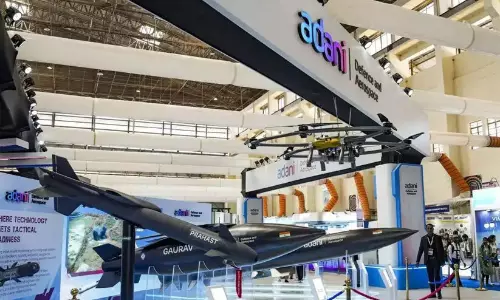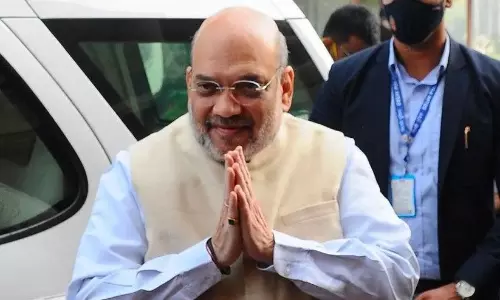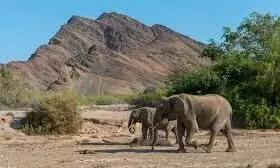
Namibia to kill 700 animals for meat amid severe drought crisis
text_fieldsAmid an ongoing severe drought induced by El Niño, Namibia has sanctioned the culling of hundreds of animals, including elephants, zebras, and hippos, to help feed its population facing acute food shortages.
The drought, which has ravaged Southern Africa, has led to widespread food insecurity, with nearly half of Namibia's population affected, according to a recent United Nations report.
In response to the escalating hunger crisis, Namibia's Ministry of Environment, Forestry, and Tourism announced on Monday that 723 animals will be culled as part of a drought relief program. The meat from these animals will be distributed to those most affected by the food crisis.
"The Ministry will contribute 723 animals, comprising 30 hippos, 60 buffalos, 50 impalas, 100 blue wildebeests, 300 zebras, 83 elephants, and 100 elands. These animals are sourced from national parks and communal areas with sustainable game numbers," stated the Ministry in a press release.
Professional hunters and safari outfitters contracted by the Ministry are conducting the culling in specific areas. So far, 157 animals of various species have been hunted in Mangetti National Park, 20 in Mahango, 70 in Kwando, 6 in Buffalo, and 9 in Mudumo, yielding 56,875 kilograms of meat.
The drought, which began in early 2024, has been one of the worst in Southern Africa in recent years. It has severely impacted crop and livestock production, leading to food shortages and economic instability across the region. The Southern African Development Community (SADC), a regional bloc, reported that approximately 68 million people in Southern Africa are suffering due to the drought.
The drought is attributed to a combination of El Niño - a naturally occurring phenomenon characterized by the abnormal warming of waters in the eastern Pacific that disrupts global weather patterns - and rising temperatures linked to greenhouse gas emissions.
Several countries in the region, including Zimbabwe, Zambia, and Malawi, have declared the hunger crisis a state of disaster, while Lesotho and Namibia have appealed for humanitarian assistance.
Heads of state from the 16-nation SADC are currently meeting in Harare, Zimbabwe, to discuss regional issues, including the ongoing food security crisis.























